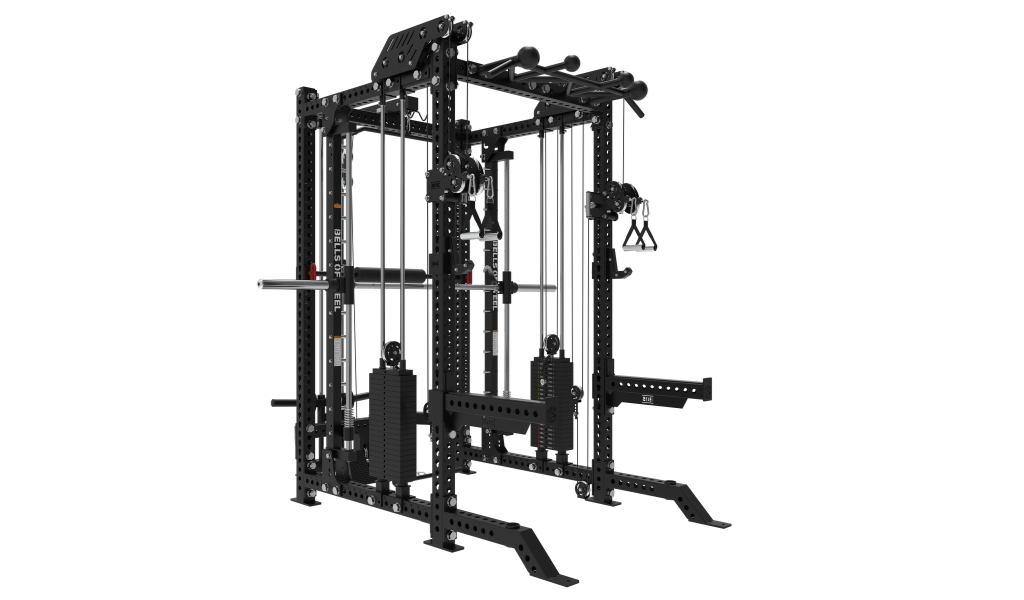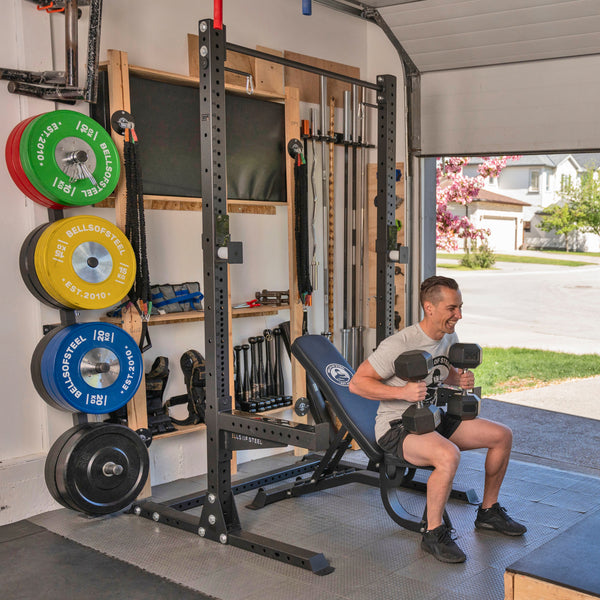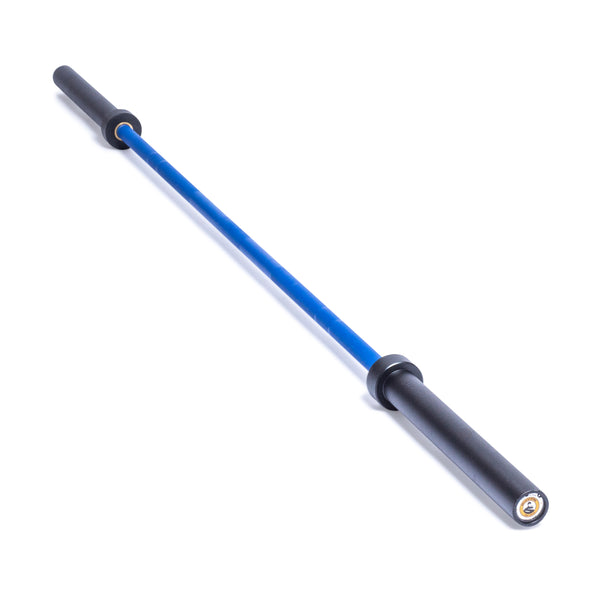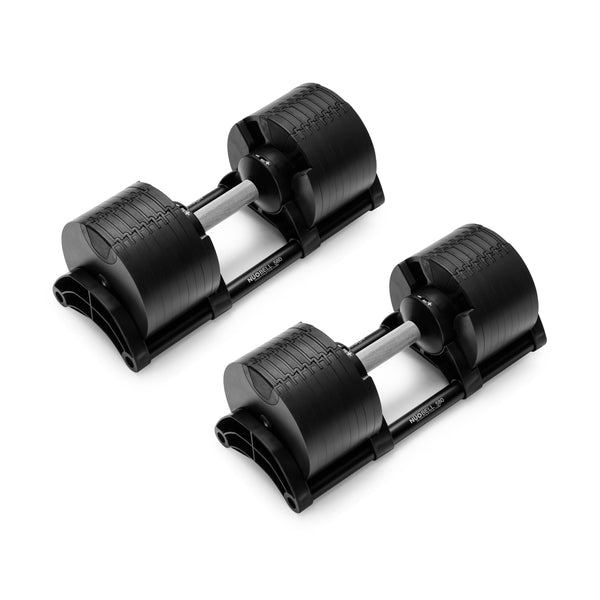Deciding between building a home gym and paying for a gym membership can feel like picking sides in an age-old fitness debate. Both options have their advantages and both can deliver serious results if you commit to them. The right choice depends on your goals, budget, lifestyle, and how much you value convenience (and personal space).
Here’s a complete breakdown of the pros and cons of each, plus some smart solutions for common home gym challenges, especially if you’re ready to bring the gains home.
The Case for a Home Gym
Convenience and Freedom
One of the biggest perks of a home gym is freedom. You can lift whenever you want: no waiting for equipment, no commuting, and no awkward small talk with the guy curling in the squat rack.
Whether it’s a quick 20-minute dumbbell workout or a full powerlifting session on your Manticore Power Rack, you control your time, music, and pace.
Long-Term Cost Savings
While a gym membership might seem cheaper upfront, it adds up fast. At $50–$100 per month, that’s $600–$1,200 a year: enough to put toward a basic Hydra Rack or a Functional Trainer that will last decades.
A home gym is an investment, but over time it saves you money, especially if multiple people in your household train.
Customization and Comfort
Your home gym is yours. Set it up how you like, with gear that fits your training goals. Strength athletes can go heavy with Cerakote Barbells and Competition Bumper Plates, while hybrid trainers can mix in Cable Towers or Adjustable Dumbbells.
No waiting, no sharing, and no wondering who left a mystery sweat stain on the bench.
Time Management
Figuring out the best time to train when you have weird work hours, commutes, or kids to plan around can be a nightmare. When you have a home gym, it’s ready and waiting for you.
Downsides of a Home Gym (and How to Fix Them)
Upfront Cost
Yes, building a home gym requires an initial investment, but it doesn’t have to be overwhelming. Start small. A barbell, bench, and adjustable dumbbells can take you a long way.
You can always expand your setup later with modular options like Hydra Rack Attachments or add-on Cable Systems when your budget allows.
A lot of members of the home gym community re-sell items they outgrow and put the money toward new gear. At least, that’s what they tell their spouse.
Limited Space
Not everyone has a spare garage or basement. If space is tight, look for compact or foldable gear like the All-in-One Trainer or Folding Racks.
These options deliver big functionality in small footprints, perfect for apartments or multipurpose rooms.
Motivation and Community
Training alone can be tough if you thrive on social energy. Try setting structured goals, following online programs, or joining fitness communities that share progress and accountability. Bells of Steel’s social channels are full of lifters who get it.
The Case for a Gym Membership
Access to Equipment and Classes
Commercial gyms offer everything, from treadmills and cable machines to saunas and group classes. If you love variety or rely on specialized equipment like leg press machines or Olympic platforms, a gym membership gives you plenty of options.
Built-In Motivation
Some people train harder in a dedicated gym environment. The energy, structure, and social atmosphere can help you stay accountable, especially when you’re surrounded by other people pushing themselves.
Maintenance-Free
You don’t have to worry about upkeep or repairs. If a machine breaks, someone else fixes it. That’s a nice perk for people who prefer to just show up and lift.
Downsides of a Gym Membership
Ongoing Cost
Monthly membership fees never stop. You’ll always be paying to access equipment you’ll never own. Over the years, those costs can exceed the price of a well-equipped home gym. Is anyone else sick of subscription services for every little thing?
Commute and Crowds
Nothing kills momentum like fighting traffic just to wait for a bench. Peak gym hours can be a nightmare, especially if you’re on a tight schedule.
Working on Borrowed Time
Finding a gym that caters to your hours, childcare needs, and location with the gear you want can be a hassle.
Less Privacy
Not everyone loves training in front of strangers or sharing equipment mid-set. A home gym gives you the privacy and comfort to experiment, fail, and grow without an audience.
Key Considerations Before You Decide
-
Space: Do you have room for gym equipment? Even a small corner can work with compact setups.
-
Budget: Are you ready for an upfront investment, or would you rather pay monthly?
-
Goals: Strength athletes often benefit from the control of a home setup, while casual exercisers may enjoy gym variety.
-
Motivation: Be honest…do you train better alone or around others?
FAQ: Home Gym vs Gym Membership
Is it cheaper to build a home gym or get a gym membership?
In the long run, a home gym is usually cheaper. While the upfront cost is higher, you stop paying monthly fees and own the equipment outright.
How much space do I need for a home gym?
You can build an effective setup in as little as 6x6 feet. Compact racks, foldable benches, and wall-mounted storage can help maximize space.
What if I miss gym machines?
Cable and pulley systems like the Bells of Steel Cable Tower mimic commercial machine functionality in a smaller footprint.
How do I stay motivated at home?
Set training goals, follow structured programs, and track progress. Creating a dedicated gym area with good lighting and music can help keep the energy high.
The Final Rep: Which One Should You Choose?
At the end of the day, both a home gym and a gym membership can get you strong—it’s about choosing the setup that fits your lifestyle. If you crave flexibility, hate waiting for machines, and want to invest in your long-term gains, a home gym is the clear winner. You’ll lift on your schedule, with your gear, in your space.
If you thrive on community vibes, love variety, or aren’t ready to commit to buying equipment just yet, a commercial gym might suit you better for now.
But here’s the thing: the best gym is the one you’ll actually use. Whether that’s a Hydra rack in your garage or a bench press station at your local gym, what matters most is showing up and putting in the work.
So, if you’re ready to ditch the crowds, save time, and start building your dream setup, start small and scale up—grab a barbell, a rack, and a few plates from Bells of Steel, and you’ll have everything you need to get stronger at home.
Because let’s be honest: there’s no line for the squat rack when it’s in your own garage.




